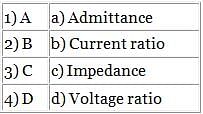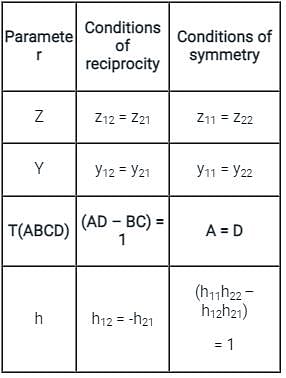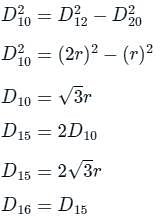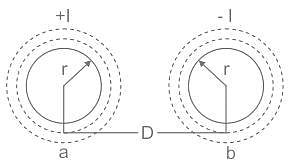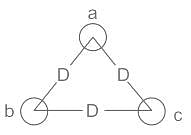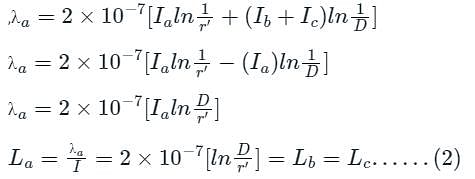Test: Transmission Line Parameters - Electrical Engineering (EE) MCQ
10 Questions MCQ Test Power Systems - Test: Transmission Line Parameters

Calculate the equivalent mutual-GMD of the conductor arrangement.
Given: D12 = 2.5 m, D23 = 4.5 m, D31 = 2 m.

Calculate the equivalent mutual-GMD of the conductor arrangement.
Given: D12 = 2.5 m, D23 = 4.5 m, D31 = 2 m.
| 1 Crore+ students have signed up on EduRev. Have you? Download the App |
The most important cause of power loss in the transmission line is:
For an ABCD parameter of a transmission line, which of the following is correct?
In the figure shown below, a conductor consists of seven identical strands each having a radius of r.

Determine the factor by which 'r' should be multiplied to find the self GMD of the conductor.
Determine inductance per phase per km in mH of a single circuit 450 kV line using a two-bundle conductor per phase as shown in the figure. (The radius of the conductor is 2.5cm)
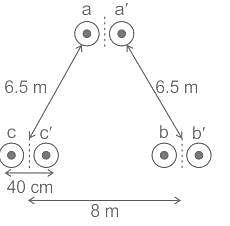
The value of inductance per conductor in a three-phase line is _______ time(s) the loop inductance for the single-phase lines.
The ABCD constants of a 3 – phase transmission line are-
A = D = 0.8 ∠1°
C = 0.002 ∠90.4° ℧
B = 170 ∠85° Ω
The sending end voltage is 400 kV. The receiving end voltage under no-load condition is-
A single-phase line consists of two long solid conductors, each having a radius of r metre separated by a distance of D metre. What will be capacitance between the conductor?
|
21 videos|67 docs|45 tests
|
|
21 videos|67 docs|45 tests
|


